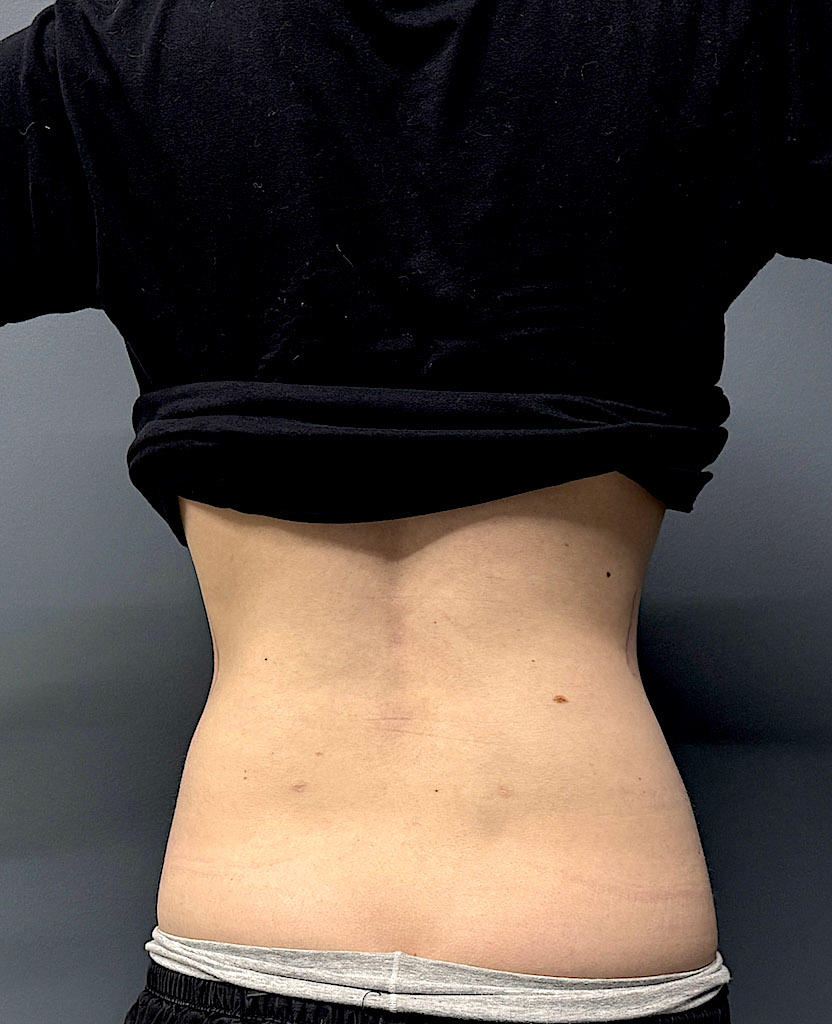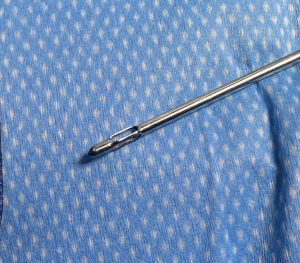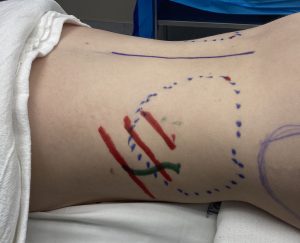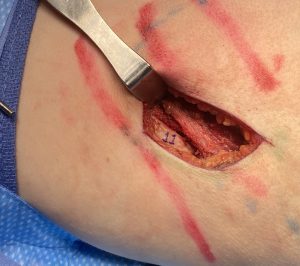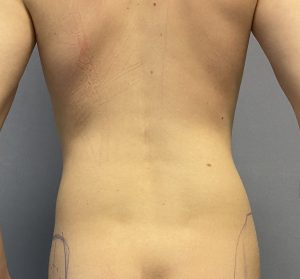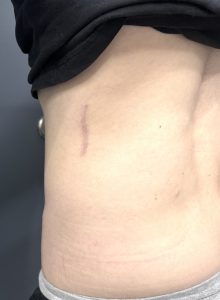Background: Rib removal for a waist narrowing effect, while once an obscure and purported unsafe aesthetic procedure, is now becoming more commonly done. As a result there have become a variety of methods to do so which fundamentally come down to fracture vs excisional techniques. There are and will continue to be debates about which approach produces the best results…which will never be truly resolved until prospective comparisons are done in the same patient which will never happen for the obvious reason.
But it is fair to say for now, until proven otherwise, that an excisional rib procedure has the maximum effect as it incorporates both bone and muscle removals. As an aesthetic procedure the incision used to perform it is important and needs to be kept as limited as possible.Traditional or Type 1 rib removal uses an obliquely oriented small back incision which works well for accessing ribs #11 and #12. And occasionally rib #10 and some muscle removal as well if the incision permits. While effective for most cis females and with an acceptable scar result it may not be an ideal approach when the maximum torso narrowing effect is desired.
In the transfemale the goal of waistline reduction is a bit more magnanimous than in the cis female. Because of the genetic tendency towards a wider ribcage from top to bottom the real goal is not just waistline reduction but more of lower torso narrowing. This means that rib #10 must absolutely be reduced and as much muscle trimmed as far superiorly as can be reached. To do so this requires an alteration in the incision location.
Case Study: This lean tall female desired a smaller waistline/lower torso in an effort to create some curves. She had low body fat so liposuction and fat grafting to create curves was not going to be effective. A Type 2 rib removal was planned with a vertical curvilinear pattern to the lower ribcage incision.
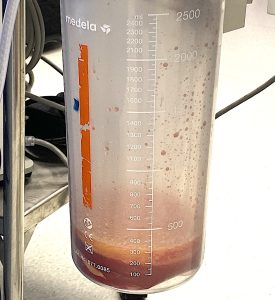
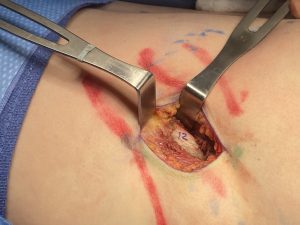
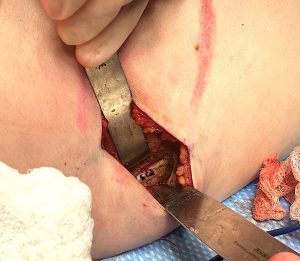
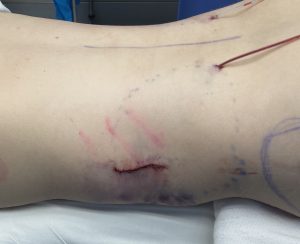
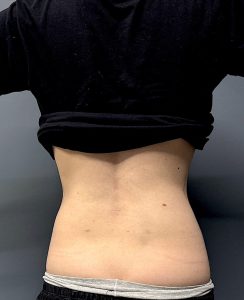
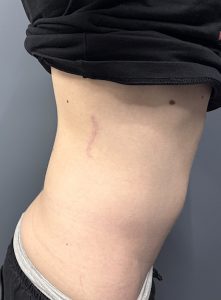
Key Points:
- 1) Transfemale rib removals, also known as Type 2 rib removals, are one variation of the procedure.
2) With a more vertical and lateral incision the maximum waist and lower torso narrowing effect can be achieved.
3) The scar outcome from Type 2 rib removals is visible usually acceptable to most patients.
Dr. Barry Eppley
World-Renowned Plastic Surgeon

